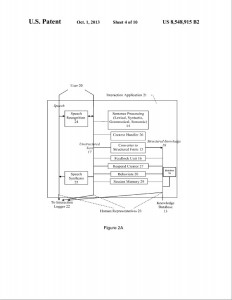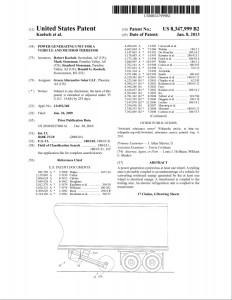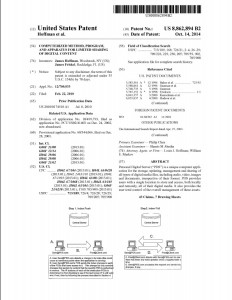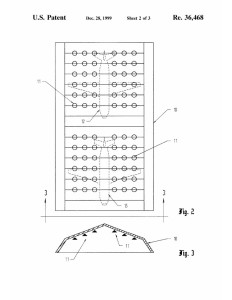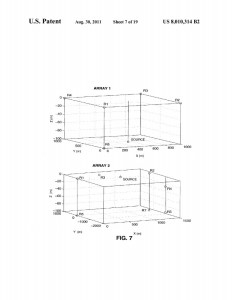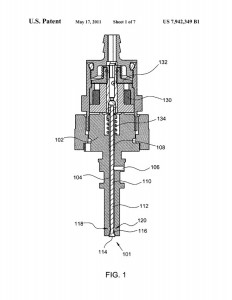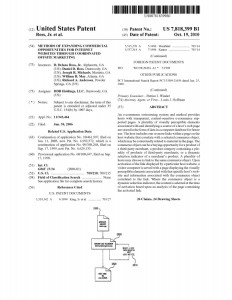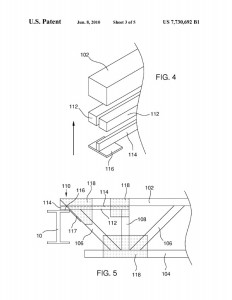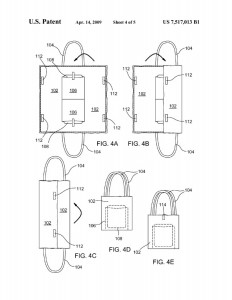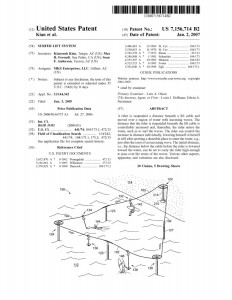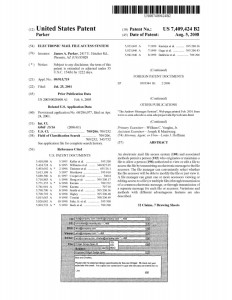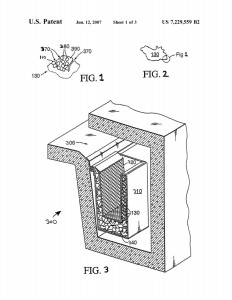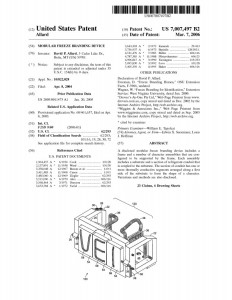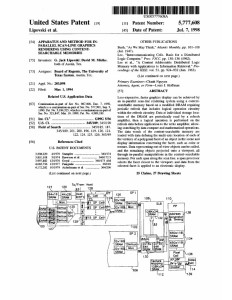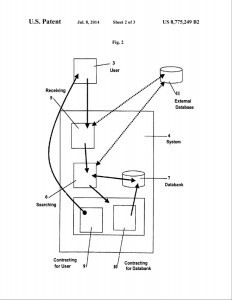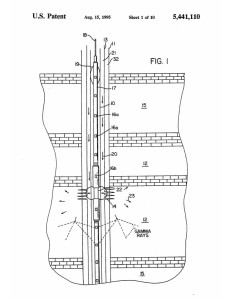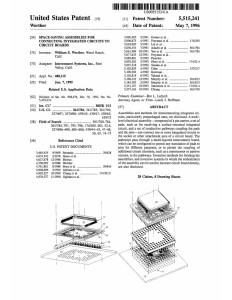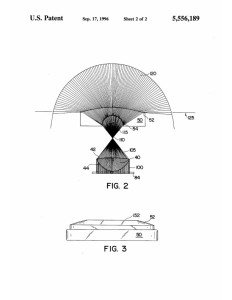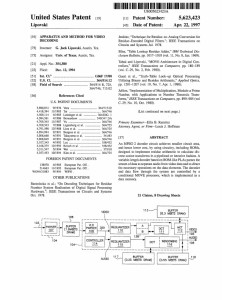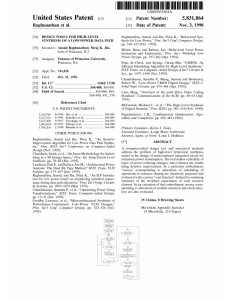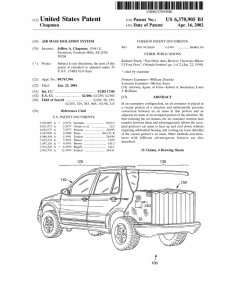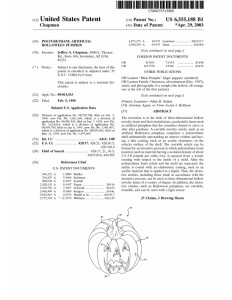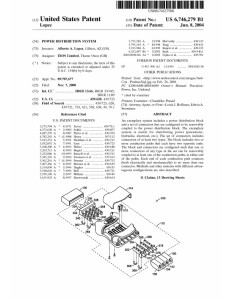(Last updated in May 2024)
As the United States patent law continues to become ever more intertwined with the world economy, U.S. inventors and companies think harder about patent applications outside the U.S., and non-U.S. inventors and companies think harder about patent applications in the U.S. and outside their home countries. For years, the Patent Cooperation Treaty (PCT) system has been growing in popularity, as well as direct filings based on other treaties and local laws.
The PCT has been around since 1970, and it has grown significantly. Over 278,000 PCT applications were filed in 2023, in 134 countries, leading to over 715,000 national applications. By comparison, about 594,000 U.S. utility patent applications were filed in the same year, so the PCT quantity is a large number.
When a patent lawyer recommends that a client consider a PCT to preserve rights to apply for foreign patent protection, the lawyer typically tells the client that this will preserve rights in most important countries. And indeed, the PCT covers most countries, at last count, 157 of them. But there are a lot of countries around the world, and the PCT does not work everywhere.
It is easy to find a list of the countries in which the PCT is in force (e.g., https://www.wipo.int/pct/en/pct_contracting_states.html). Patent lawyers and patent agents who want to advise clients properly want to know, however, where the PCT does NOT apply. If a client is interested in one of those countries, the practitioner must make special efforts to avoid losing patent protection.
How many non-PCT countries are there? The answer is that there are 38 countries that are generally recognized as sovereign states but not members of the PCT.1
For 23 of the 38 non-PCT countries, the Paris Convention is available as an alternative to the PCT to permit patent applications, but one must file a national utility patent application directly in any of those countries of interest, and there is a deadline of one year from the priority application date.2
What about the remaining 15 countries, where neither the PCT nor the Paris Convention apply?
Taiwan has a bilateral treaty and local law that permits a priority-based application that is similar to a Paris Convention-based application.
Five other countries have local laws that seem to permit re-registration of patents, after they are granted in certain key countries (U.S., U.K, EU, or Australia, depending on the local re-registration law). They are: Ethiopia, Nauru, Tuvalu, Solomon Islands, and Vanuatu. Subnational regions Macau and Hong Kong, notably, have similar extension processes (from China, EU, or U.K.).
For the remaining 9 countries, it appears that an inventor cannot get a patent, because no patent laws are in force. They are: Eritrea, Maldives, Marshall Islands, Micronesia, Myanmar, Palau, South Sudan, East Timor, and Somalia. Oddly, three of the nine (Marshall Islands, Micronesia, and Palau) are associated states of the United States under the Compact of Free Association, but WIPO says that U.S. patent law extends to Marshall Islands, and if true, that would reduce the number from 9 to 8. Three others (South Sudan, East Timor, and Eritrea) are fairly new countries. Myanmar passed a patent law in March 2019, but it apparently has still not been implemented. Even in those countries, there is a procedure for publishing a “cautionary notice” identifying patent rights, but weak courts can make that procedure of questionable value.
Here is a table with the above-mentioned 38 non-PCT countries arranged by region:
| Countries for which patent protection is not available through the PCT | |||
Regions |
Can Rely on Initial Filing Via Paris Convention |
Can Rely on Initial Filing Via Local Laws or Treaty |
No Patent Laws |
| Africa | Burundi, Democratic Republic of the Congo | Ethiopia | Eritrea, South Sudan, Somalia |
| Americas | Argentina, Bahamas, Bolivia, Guyana, Haiti, Jamaica, Paraguay, Suriname, Uruguay | – | – |
| Asia | Afghanistan, Bangladesh, Bhutan, Nepal, Pakistan | Taiwan | East Timor, Maldives, Myanmar |
| Europe | Andorra, Vatican City | – | – |
| Middle East | Lebanon, Yemen | – | – |
| Oceania | Fiji, Kiribati, Tonga | Nauru, Solomon Islands, Tuvalu, Vanuatu | Marshall Islands, Micronesia, Palau |
Although it is possible to obtain patent protection in nearly every country in the world, the cost of doing so would likely be prohibitive. Inventors and potential patent holders typically seek protection in the countries with the most economic activity. However, inventors should consider whether the nature of their inventions suggest focusing on specific regions. For example, one might seek protection for a semiconductor-related invention in countries where semiconductor manufacturing is likely to occur (e.g., Taiwan or Malaysia). Likewise, if the invention relates to an activity specific to a particular climate (e.g., de-icing or skiing technology), an inventor might focus on obtaining protection in cold-weather countries.
Returning to the reason for this investigation, what patent practitioners want to know is how to advise their clients on preserving foreign patent protection.3 The following questions are important:
Question #1: When filing an application in the United States, you want to advise the client whether failure to file immediately will cause loss of patent rights in any other countries. Are there any countries where, if one doesn’t file right away, later patent protection is impossible, because the country will not recognize the U.S. priority date?
It appears not. It is possible to gain patent protection and keep the U.S. priority date through use of a later PCT filing in 157 countries, through use of the Paris Convention in another 23 countries, through use of treaties or local laws in another 3 countries, and through use of re-registration of a granted patent in another 4 countries. The only countries left are the 9 that don’t have any patent laws at all (including Myanmar, which enacted but hasn’t implemented a patent act). So you don’t need to file in any other country immediately, it seems.
Question #2: One year after the U.S. application, if the client wants to file a PCT, a practitioner wants to advise where else must the client file direct national applications, and if they do not, later patent protection is impossible. Which countries require a national filing within one year of filing a U.S. application to claim priority to that U.S. application?
There are 26 countries where a PCT application is not enough, and a filing at the 1-year mark is necessary. They are the 23 countries listed in the left column of the table above, plus Taiwan and Ethiopia (because Nauru, Solomon Islands, Tuvalu, and Vanuatu can be addressed later through re-registration).
Question #3: If you file a U.S. application followed by a PCT counterpart, are there any other deadlines (before the 30-month date for national filing based on the PCT), where if missed, the client will lose the right to later patent protection?
Not really. There are two PCT countries, Luxembourg (LU) and Tanzania (TZ), that have issued “reservations” to the PCT Treaty, and if you wish to enter national phase in these countries, you must either file by 20 (LU) or 21 (TZ) months from the priority date (e.g., from the date of the U.S. application), or you must file a PCT Chapter II Demand to defer the deadline to 30 (LU) or 31 (TZ) months. However, patent protection in both of these countries can also be obtained via a Regional patent application—LU via a European Patent Office application (EPO) and TZ via an African Regional Property Organization (ARIPO) application. If you take no action before 30 months, your client can still have the right to extend protection through a different path. Thus, if your client files a PCT application plus any desired national applications in the 26 countries mentioned above by the 12-month date, no further national rights should be lost provided you are ready to act by the 30-month date.
Isn’t it amazing how patent protection can be obtained virtually anywhere in the world?
1 The list here is based on information found at https://www.valuablepatents.com//en.wikipedia.org/wiki/List_of_sovereign_states. The definition of a “country” is surprisingly difficult. For purposes of this article, we have used the 197 countries listed as sovereign states in Wikipedia, plus Vatican City (which is a PCT member) and Taiwan (which is a Paris Convention country and has a significant economy). We have excluded (ignored) areas listed as disputed territories or subnational or dependent territories in Wikipedia: Patent protection in disputed regions may be obtained via the country claiming the territory, or it may not be available as a legal or a practical matter.
2 Hoffman Patent Firm has patent lawyers admitted to practice in the United States but not any other country. We work with agents in local countries when helping our clients obtain patents outside the U.S. Click here for a list of countries in which we have helped clients apply for patent protection. Please understand that the information here is general only, and the information here should not be relied on as legal advice. Local law governs questions like where a patent may be obtained, and we can assist you in finding the answers applicable to any individual situation. We do not warrant that this information is correct or current, and you should verify it by hiring a lawyer in any country of interest.
3 This list of countries and rest of the concepts discussed in this article apply to U.S. utility patents only; design patents or other forms of intellectual property have different rules.

